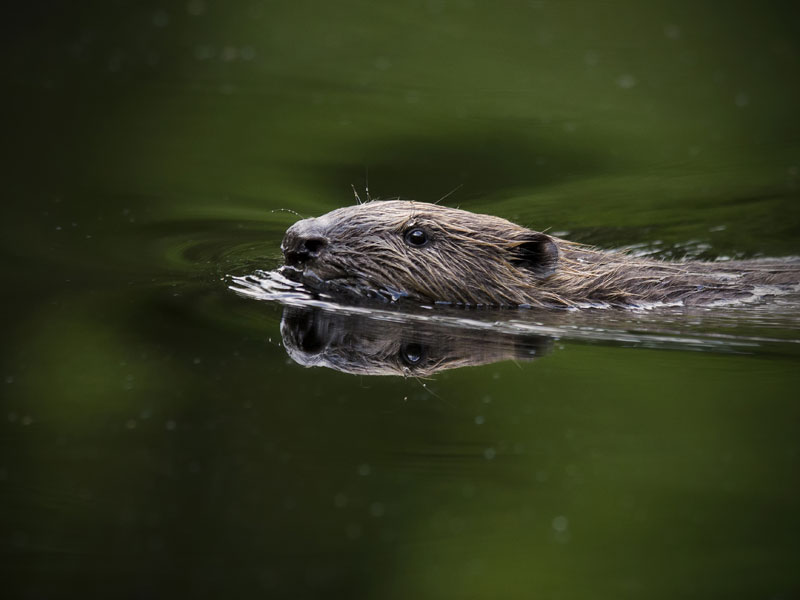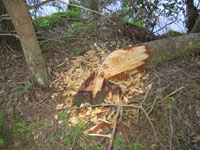
The busy beaver has come back from the brink and numbers are now increasing. Here’s our guide to beaver facts and where to see them!
Extinction and reintroduction
Beavers can now be found in many parts of Sweden, Finland and Norway.
However, this wasn’t always the case. During the latter part of the 19th century, the Eurasian beaver became extinct in Sweden and Finland, mostly due to overhunting (as well as deforestation and grazing, which reduced their range), with only a small population remaining in Norway.
In a bid to reintroduce beavers to Sweden, 80 individuals were brought over from Norway between 1922 and 1939.
In Finland, 17 Eurasian beavers were reintroduced from Norway as well as 7 north American beavers.
Since their reintroduction, beaver numbers in Sweden have increased greatly and there are now thought to be around 150,000 individuals living in Sweden. The population in Norway is thought to have risen to around 70,000 beavers.
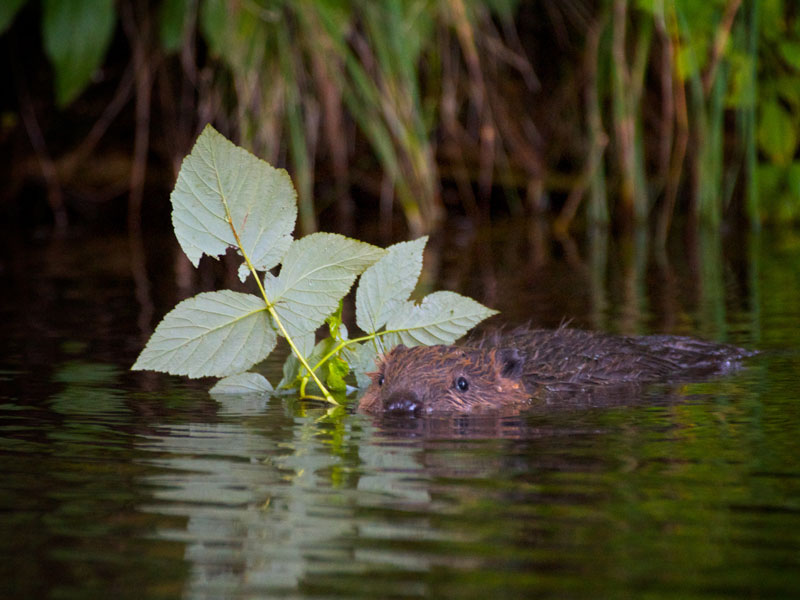
In Finland, the North American beaver has been more successful than Eurasian beaver, despite fewer of them being introduced into the country.
According to a count in autumn 2017, there were around 3,300–4,500 Eurasian beavers and 10,300–19,100 North American beavers in Finland.
The Eurasian beavers and the North American beavers’ habitats in Finland are mostly separate, but there are small areas in the south west of Finland, where they live side by side.
There is a worry that if the North American beaver were to encroach on the Eurasian beavers’ habitat, they would out-compete them, which could result in a reduction in Eurasian beaver numbers.
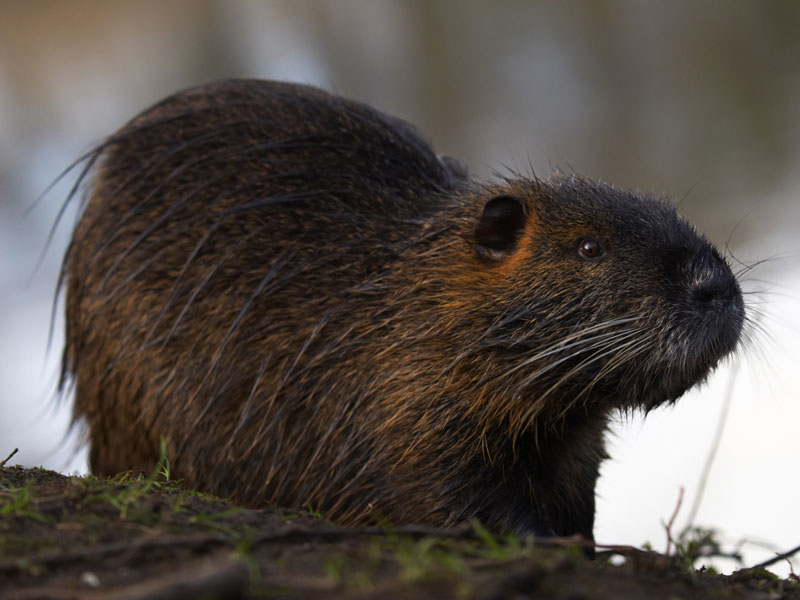
Appearance and life cycle
- Beavers’ fur is usually a rusty brown colour (though it can be lighter or darker) and is in two layers – the outer coarser layer and the underlayer made of short fine hairs.
- Beavers secrete an oil, which they brush through their fur to help make it waterproof. The oil mixed with urine is used for scent marking their territory. It was also one of the reasons they were hunted, as it was used in perfume and as a food flavouring.
- Eurasian beavers grow on average to between 100 and 150cm from their heads to the tip of their tails and can weigh up to 30kg. They are one of the largest rodents in the world.
- Beavers use their powerful tails not only as a steering aid when swimming but also to send out warning signals by slapping it against the water. They can also store fat it their tails for the winter.
- Beavers live in lodges, which they build out of sticks, twigs and mud. The entrance to the lodge is usually underwater.
- The Eurasian beaver feeds on aquatic plants as well as bark from trees (they will also eat leaves and twigs).
- Beavers are believed to pair for life and will breed between December and April, having 2-3 kits (baby beavers) in the late spring/ early summer. Their young will usually stay with them for about two years before leaving to find a new territory to live in.
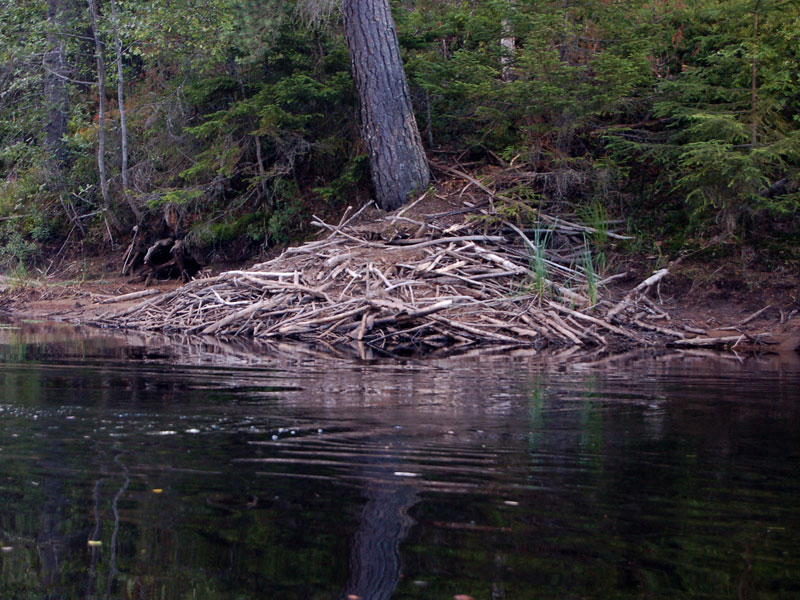
Living side by side with beavers
Whilst some people are very happy that the beaver populations have bounced back at such a rate,for other people the beaver’s success has become a bit of a nuisance.
Beavers change the environment they live in by building dams and flooding areas to make slow-flowing areas of water to build their lodges in.
For some animals the beavers’ work is beneficial, but for landowners, finding part of your property flooded can be an unpleasant surprise.
The beaver’s habit of gnawing on trees can also cause problems in built-up areas, by weakening trees which are then at risk of falling down in strong winds.
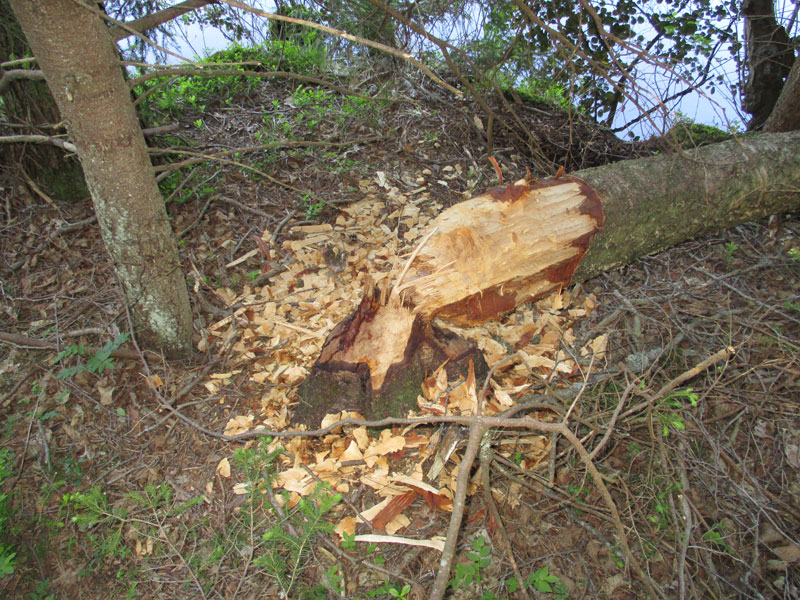
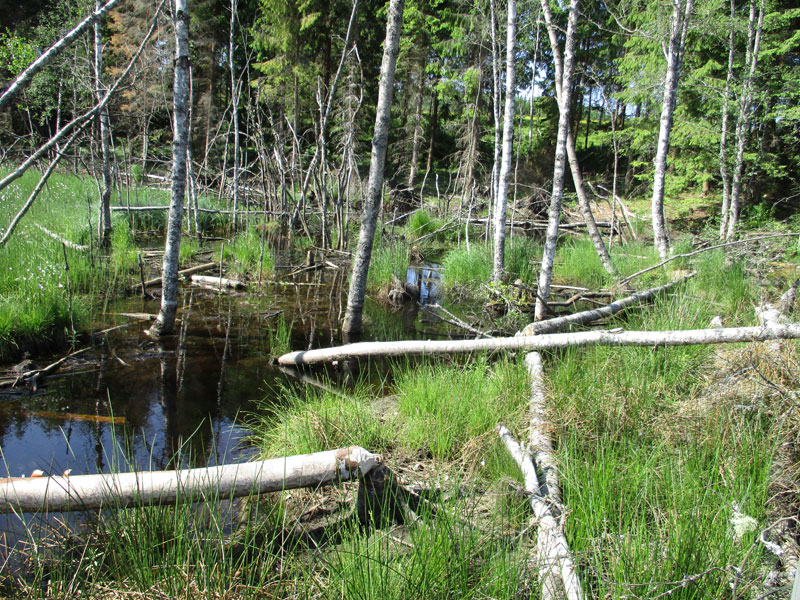
Where to spot beavers
Beavers (or signs of them) can be seen across large areas of Sweden and in a number of areas in Finland.
Nature Travels offers a wide range of activities where, if you are lucky, you may see beavers in the wild:
- Our Moose and Beaver Safari plus Wolf Howling Tour includes an evening beaver safari where beavers are regularly seen.
- A number of our self-catering accommodation options, such as Back to Basics in Cosy Cabins, Lakeside Cabin Retreat in Värmland and Log Cabin Escape in Värmland, have beaver lodges or dams nearby.
- On the canoeing day of the Bushcraft, Canoeing & Hiking with Huskies in Kainuu you may see beaver or signs of their activities in the area.
- Canoe Tours on Klarälven, Canoe Tours on Svartälven and Timber Rafting on Klarälven tours are in areas where beavers are often seen.
